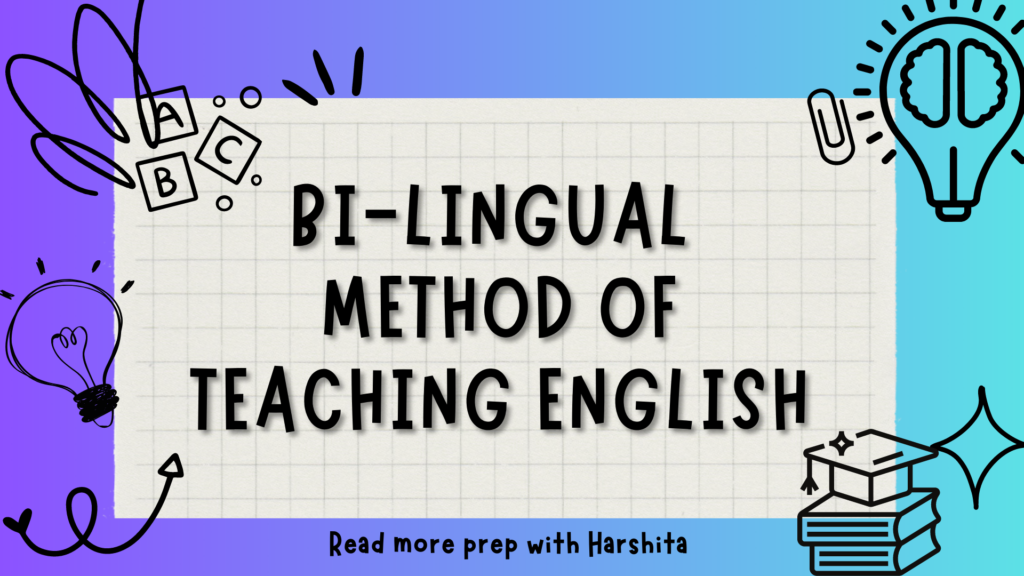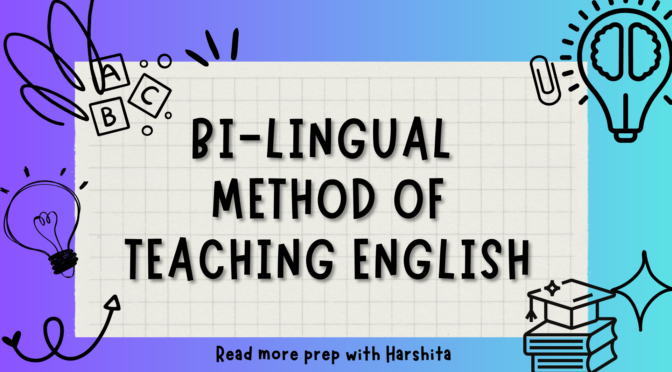The bilingual method of teaching English is an instructional approach that incorporates both the students’ native language and English in the classroom.
This method recognizes and utilizes the students’ existing language skills to facilitate the learning of English.
Here are some key features and techniques of the bilingual method:
- Instruction in Both Languages: The bilingual method involves teaching academic subjects, including English language instruction, using both the students’ native language and English. The teacher alternates between the two languages, ensuring that students understand the concepts and instructions in their native language before transitioning to English.
- Language Comparison and Translation: The bilingual method allows for explicit comparisons between the students’ native language and English. Teachers may explain grammatical structures, vocabulary, and idiomatic expressions by highlighting similarities and differences between the two languages. Translation is used as a tool to aid comprehension and clarify concepts.
- Code-Switching: Code-switching refers to the practice of shifting between the students’ native language and English during instruction and classroom interactions. Teachers may use code-switching strategically to facilitate understanding, provide explanations, or clarify complex concepts.
- Building Vocabulary and Language Skills: The bilingual method focuses on building students’ vocabulary and language skills in both languages. Teachers may introduce new vocabulary and provide explanations in the students’ native language before relating it to English equivalents. Language skills, such as listening, speaking, reading, and writing, are developed in both languages.
- Cultural Integration: The bilingual method acknowledges and values students’ cultural backgrounds. It promotes cultural integration by incorporating authentic materials, literature, and discussions that highlight the students’ native language and culture alongside English language learning.
- Gradual Transition to English: As students become more proficient in English, the bilingual method gradually increases the amount of instruction conducted in English. The goal is to facilitate a smooth transition from relying heavily on the native language to using English as the primary language of instruction.
- Supportive Environment: The bilingual method creates a supportive and inclusive environment where students feel comfortable using both their native language and English. It encourages peer collaboration, group work, and opportunities for students to share their cultural experiences and linguistic knowledge.
The bilingual method recognizes the importance of students’ native language as a valuable resource for language learning. By incorporating both the native language and English, this approach aims to facilitate comprehension, linguistic transfer, and overall language development.
It allows students to make connections between the two languages, maintain a positive cultural identity, and achieve proficiency in English.
Also Read: Aims and Objective of Teaching English

Also Visit: Prep with Harshita

